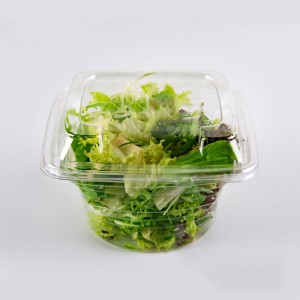With the continuous progress of the society, the packaging industry is also continuously green and environmentally friendly, and the plastics market is constantly shrinking. In order to achieve better development in the future, PVC plastic packaging must undergo various improvements to increase environmental protection and promote its own development. As plastic packaging has a larger and larger proportion in the packaging industry, its requirements are also getting higher and higher. Green environmental protection is one of the requirements. Blister packaging materials companies can make further improvements and enhancements in the following aspects:
1. Innovate and develop new plastic materials and new processing technologies to make more excellent plastics into packaging materials, and use the high performance of new materials to achieve reduction of packaging materials;
2, Through independent research and development and technological innovation, reduce the cost of new materials and technologies for plastic packaging, and avoid the problem that many plastic materials that conform to green packaging cannot be applied in large areas due to excessive cost;
3, Improve and improve the recycling technology of plastics, so that the recycling rate of plastic packaging materials will be greatly improved, improve and eliminate the hidden dangers of white pollution caused by plastic packaging materials, and improve resource utilization;
4, The development of intelligent and other advanced packaging technology, the use of some plastic packaging materials have the characteristics of edible, water-soluble, etc., reduce the amount of packaging waste, improve the safety and environmental performance of plastic packaging.
5. Develop bio-based plastics, effectively regulate the degradation time and cycle of bio-plastics, and reduce and eliminate the pollution and impact of plastic packaging materials on the ecological environment while giving full play to the functions of bio-plastic packaging materials;
6. Promote the advancement and development of plastic blending technology, new plastic additives and application technologies. Under the premise of ensuring that plastic packaging materials are non-toxic, hygienic and environmentally friendly, low-cost technology is used to improve the performance of plastic packaging materials. Offer possible

